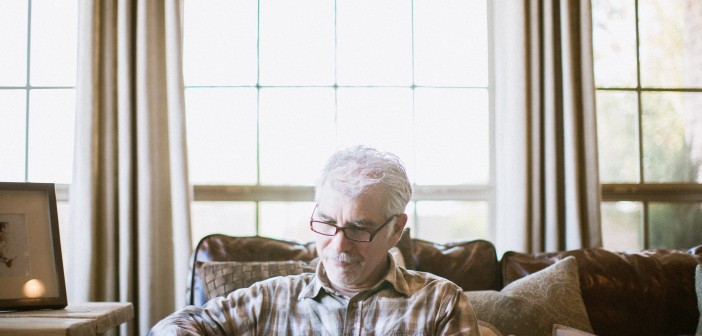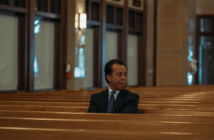The Lewis Center for Church Leadership today released the 2012 version of its annual report on Clergy Age Trends in the United Methodist Church. The report, prepared with assistance from the General Board of Pension and Health Benefits, also includes figures from other denominations for the first time since 2008.
The preponderance of older clergy is a trend across all mainline denominations.
Older Clergy Constitute Largest Share of Clergy in History
As recently as 2000, United Methodist elders ages 55-72 represented only 30 percent of active elders. Previously their percentage of the total was even lower. This age group reached 50 percent for the first time ever in 2010 and continues to grow as a percentage of elders. In 2012, older elders reached a record high proportion of all elders at 53 percent.
This oldest cohort of active elders makes up 57 percent of elders in the Northeastern Jurisdiction and 56 percent in the Western Jurisdiction. In fourteen annual conferences, 60 percent or more of elders are age 55 or older. The median age of elders remains at 55 in 2012, the highest in history, reached first in 2010. The median age was 50 in 2000 and 45 in 1973.
An Ecumenical Trend
The preponderance of older clergy is a trend across all mainline denominations. The percentage of clergy between 55 and 72 is rising significantly for virtually all of these denominations. The exception is the Episcopal Church, which already had a high percentage as early as 2008. The Reformed Church in America, not included in the 2008 study, has the smallest cohort of older clergy.
| Clergy Ages 55–72 as Percentage | 2008 | 2012 |
| American Baptist | 44% | 50% |
| Christian Church (Disciples of Christ) | 44% | 53% |
| Evangelical Lutheran Church in America | 44% | 54% |
| Episcopal | 59% | 59% |
| Presbyterian Church (USA) | 42% | 53% |
| Reformed Church in America | N/A | 47% |
| United Methodist | 46% | 53% |
The Percentage of Middle Age Clergy Continues to Shrink
However, comparing changes in the percentage of clergy under 35 across denominations begins to show some diverging patterns. While the Presbyterian Church (USA) mirrored the United Methodist pattern of very slight increases since 2008, much more significant gains were shown by the American Baptist, Episcopal, and ELCA denominations. The Reformed Church in America reported the highest percentage of under-35 clergy among these denominations with 9 percent.
Much more information is available in the complete Clergy Age Trends report, which is available for download free of charge.
Related Resources:
- Clergy Age Trends
- The Crisis of Younger Clergy by Lovett H. Weems, Jr., and Ann A. Michel







